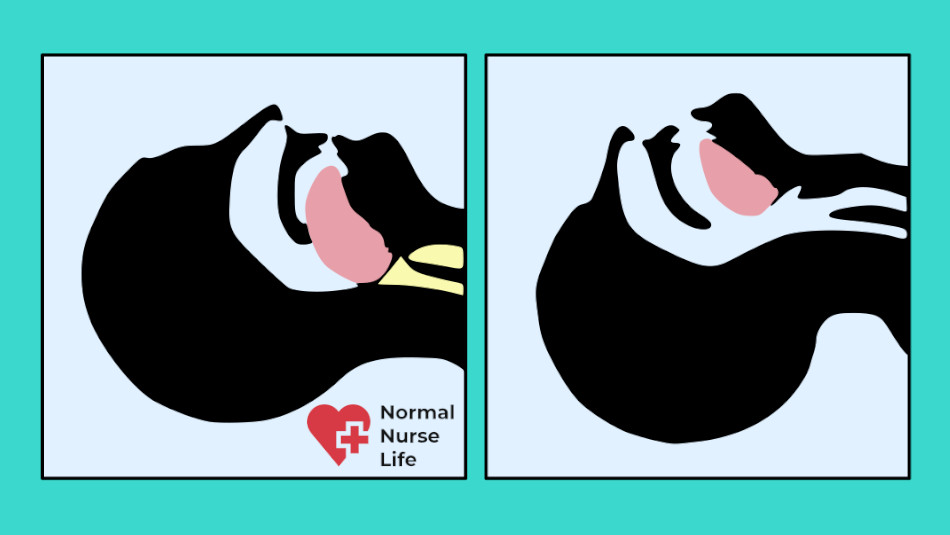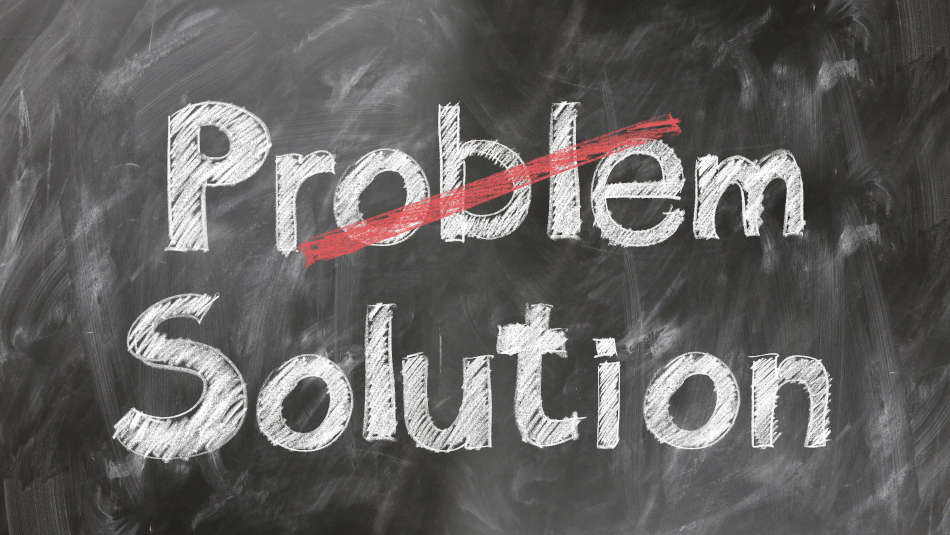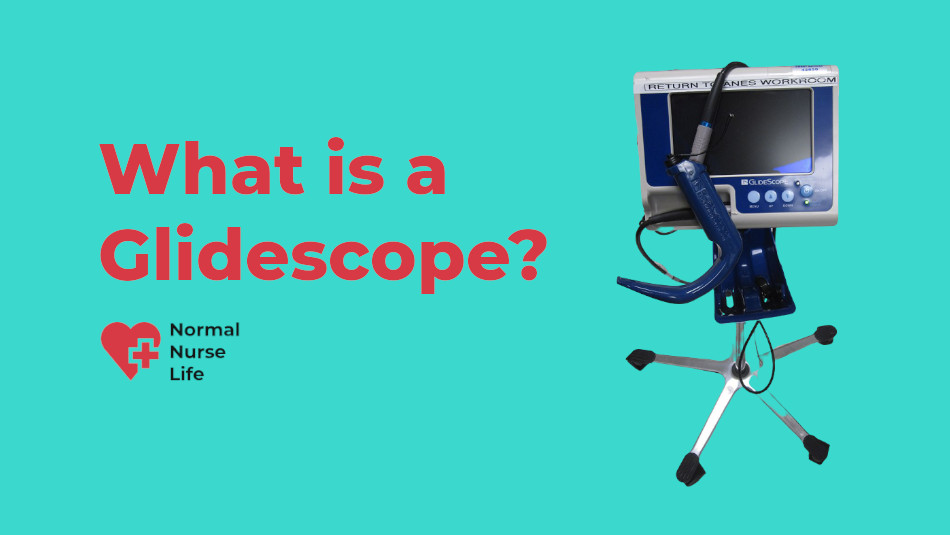“What is a glidescope?” is one of the common questions among people suffering from various illnesses that affect the airway. A glidescope is a video device that medical professionals use to get a view of the airway.
It comes in handy when you need help breathing, especially under the circumstances like surgery where you have to be under anesthesia.
The device can also be used on patients with respiratory problems and who have suffered trauma that affects their breathing.
See also: How to Become a Respiratory Therapist
A glidescope is made with a camera, a handle, and a video monitor.
It also comes with a rigid style that allows accurate control of the device.
Table of Contents
What is a glidescope for intubation?
When it comes to “What is a glidescope for intubation?”, it is a device used to manage airways that are experiencing difficulties.
See also: Nursing Care Plan for COPD ineffective airway clearance
The machines are an alternative to traditional laryngoscopy because they provide more accuracy, which is perfect in emergencies.
See also: What is a Laryngoscopy? Full Definition
The process of using a glidescope for intubation is sometimes called video laryngoscopy, and it is more reliable than direct laryngoscopy because it provides a view of the endotracheal.
What is a glidescope used for?

A glidescope is used to help patients breathe when they are experiencing problems with the airways.
It has been proven to be faster and more efficient in most challenging cases, including where there isn’t enough light for the direct laryngoscopy may not be too ideal.
Although they are used for the same purpose, video laryngoscope is used slightly differently than a direct laryngoscope.
However, it is still capable of providing a view of the tongue, trachea, vocal cords, esophagus, and epiglottis, among other internal parts of the airway system.
The device is only used by qualified medical personnel, including anesthesiologists.
If you suddenly develop breathing problems or when you have to undergo a surgical procedure, then the device will be installed urgently to ensure you keep breathing normally.
A glidescope has a curved blade that is used to move the tongue to create room for the insertion.
This blade is the first to be inserted, but it is placed in the middle of the tongue before it is rotated to create room on one side.
The camera is then properly aligned to be in a straight line with the larynx.
After the camera is properly inserted, the medical personnel will check the video monitor to properly position the machine.
After proper positioning, another item known as the endotracheal tube is inserted on one side of the blade. The camera will provide a feed of the tube as it is being inserted, and that will ensure that no error is made.
The tube must still be carefully guided into the larynx even with the visibility provided on the video monitor.
Failure to guide the endotracheal tube correctly could lead to difficulties in aligning the two and could put both the patient at more risk by increasing their trauma.
Using the vision on the monitor as a guide and using the right technique for tube insertion is key in easily getting it in perfect position.
For instance, in some cases, the mount may be smaller, which makes the insertion process more difficult.
However, if the tube is inserted first and the monitor is checked carefully, it will go in smoothly.
Although it’s essential to focus on the monitor, the patient is also important and must be monitored closely, especially before the tip of the tube passes the tonsillar pillars.
Failure to do this could result in tongue, teeth, and lip damage.
The attention has to be switched between the patient and the monitor, which is why an untrained person should never use a glidescope.
Potential problems using the Glidescope

Any intubation process can cause trauma, and more damage and glidecope intubation aren’t any different.
See also: Can Nurse Practitioners Intubate or Not?
The fact that there is a camera and video involved doesn’t eliminate such a possibility, but it reduces the risks significantly.
Potential problems that could arise from this procedure include perforation of the palatopharyngeal wall and the damage of the lips and teeth.
The intubation process using a glidescope is also more challenging and is likely to result in injuries if the medical personnel handling the device is used to direct laryngoscopy.
Another common challenge is that a glidecope isn’t easily portable, and that reduces its application.
It can only be used in healthcare institutions.
Advantages of using the Glidescope
A glidescope has many advantages over direct laryngoscopy.
One is the reliability and consistency of the procedure as a result of the view of the endotracheal tube as it goes into the larynx.
Intubation using a glidescope also has a higher success rate than direct laryngoscopy, especially in more complex cases.
For instance, in cases where the intubation has to be done on patients who are awake, it is the preferred method to direct laryngoscopy.
A glidescope is faster and is therefore perfect for emergencies. This is why all medical personnel likely to encounter such situations are required to be familiar with the process.
Common mistakes

Some of the common mistakes that come from glidescope intubation include deeper insertions that result in picking up the epiglottis.
This will reduce room for navigation and make it harder to find the right angle to get to the larynx.
Another common mistake with this procedure is the insertion of the endotracheal tube into the pharynx in a posterior manner.
This can make it harder for the service provider to manipulate the tip to get it into the right position.
While it is common for experienced service providers to create more room for the procedure by lifting the jaw, some medical personnel fail to do this, resulting in another mistake.
Conclusion: What is a Glidescope?
Glidescope for intubation was invented to make intubation easier, especially in cases where direct laryngoscopy wasn’t very efficient.
However, there has been debate regarding whether it is better than direct procedure with some medical personnel who are used to the direct method preferring to continue using it.
Even so, the tool is great at providing a view of the larynx during intubation, making the endotracheal tube’s alignment easier.
Now you should know pretty much all there to answer to the questions “What is a glidescope?”.
Here is a couple related articles of ours if would like learn some more about nursing supplies:
I’d be glad if you could give this article a star rating. Thank you in advance!
